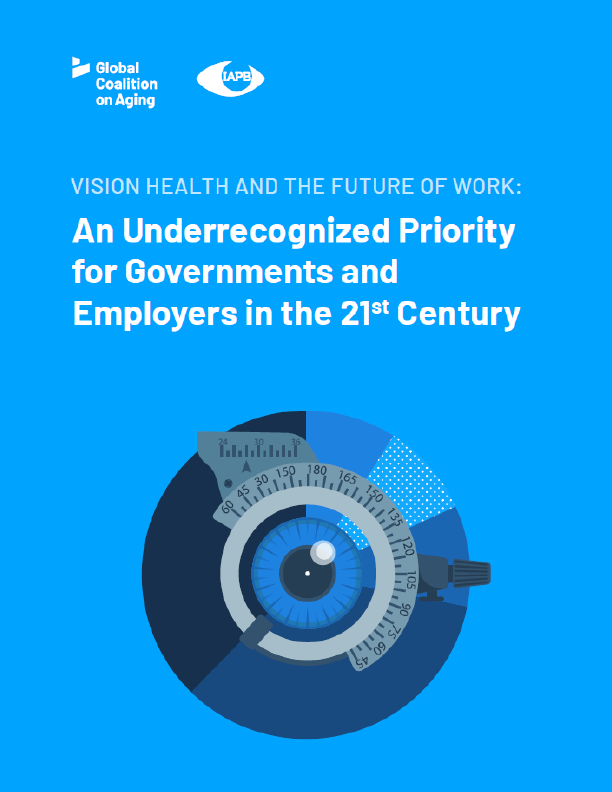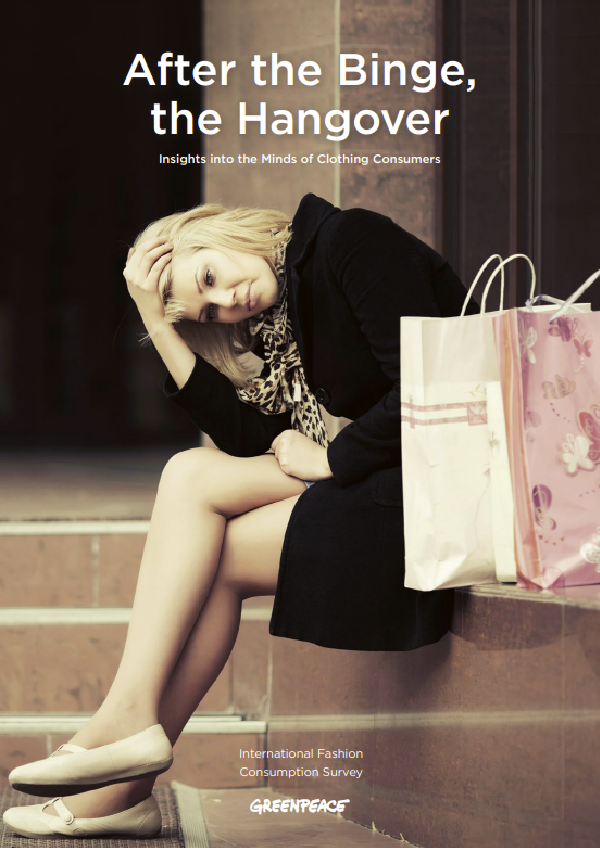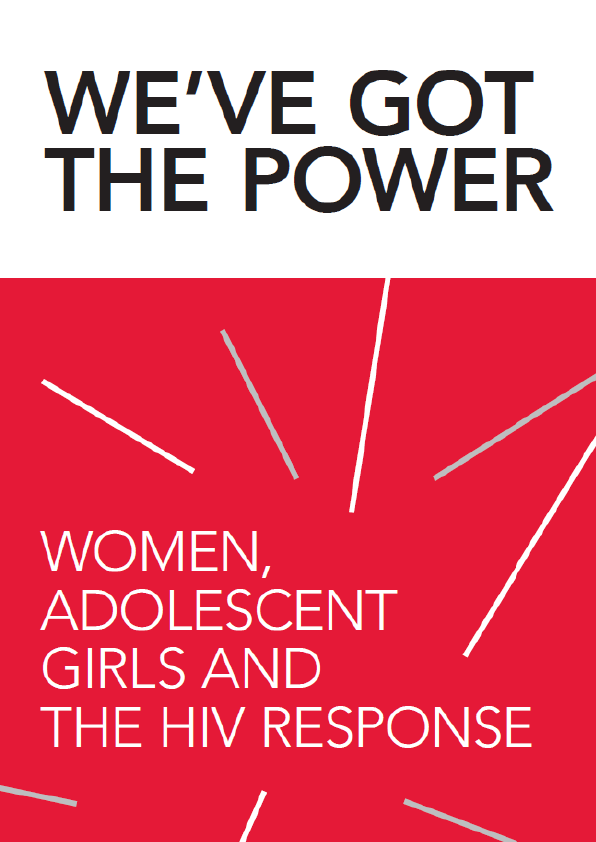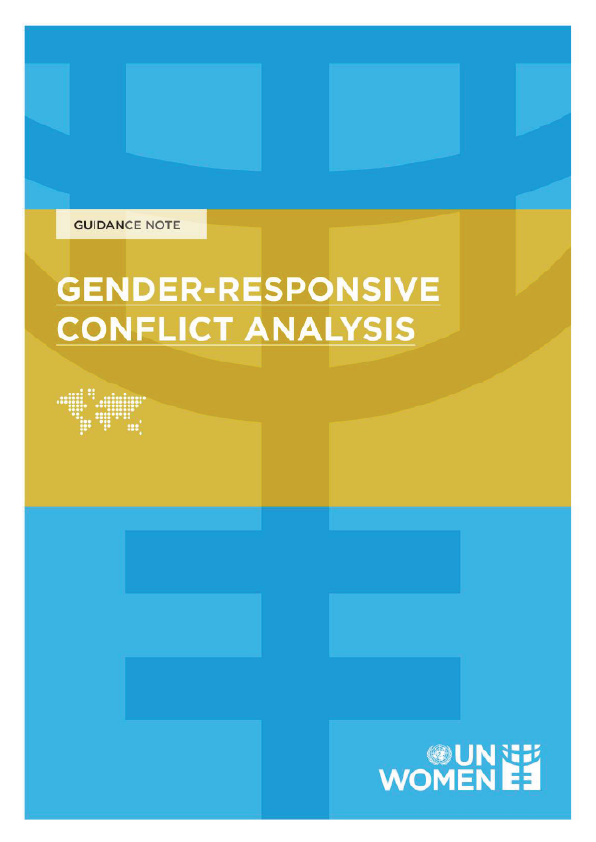A mass movement of the Rohingya people started on 25th August 2017 from the Rakhine state of Myanmar to Cox’s Bazar district of Bangladesh. This resulted in humanitarian camps of 1 million people, of whom the majority were women, children and the elderly. They are now living in approximately a 24 sq.km. area and have basic needs for survival. The world knew little about the Rohingyas before this event.
INVISIBLE – The Rohingyas: the crisis, the people and their health, describes the Rohingyas, their struggle for survival, the humanitarian health crisis in Cox’s Bazar, and the joint response that followed from the Government of Bangladesh, WHO, UN and humanitarian agencies, and the donor community. This accompanying concise version of the publication, describes through key statistics and images, the health risks and commensurate health response. More importantly, it attempts to tell the story of those who are voiceless and for the most part, invisible.
A Crisis Of Epic Proportions
Displacement of over 800 000 people within weeks, one of the largest ever population movements, precipitated a humanitarian crisis of epic proportions.
A Coordinated Response
Nearly 1 million Rohingyas were provided shelter in 34 camp settlements spread over more than 6 500 acres in Cox’s Bazar district. One hundred nineteen partners across 20 sectors joined hands for a coordinated emergency humanitarian response.
Preventing Health Crisis Within The Crisis
From October 2017 to December 2018, over 4 million doses of vaccines administered in one of the largest ever mass vaccination campaigns to protect against nine diseases with an average coverage of >95%.
There was 99% coverage of the camp population with a disease surveillance system that ensured early warning, alert and response to emerging outbreaks of infectious diseases. Till date, all but four major outbreaks were averted – two outbreaks of measles, one of varicella and one of diphtheria.
One hundred thirty-four health posts and twenty nine 24X7 primary health centres delivered both basic and referral health services.
Over 2 million outpatient consultations were provided, nearly 188 surgeries performed and 29 819 pregnant women were beneficiaries till April 2019.
Over 400 metric tonnes of essential medicines, supplies and equipment ensured uninterrupted health services.
Ensuring Survival Of Rohingyas
Crude birth rate estimated at 35.6 per 1 000 population in 2018–2019.
Crude death rate consistently maintained below globally acceptable levels* in camps (estimated at 0.38 per 10 000 per day in April/May 2018 and reduced to current estimated 0.13 per 10 000 per day).











